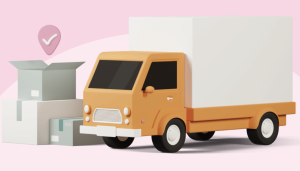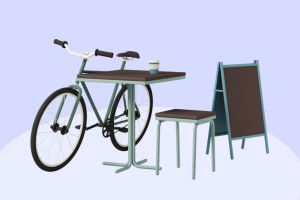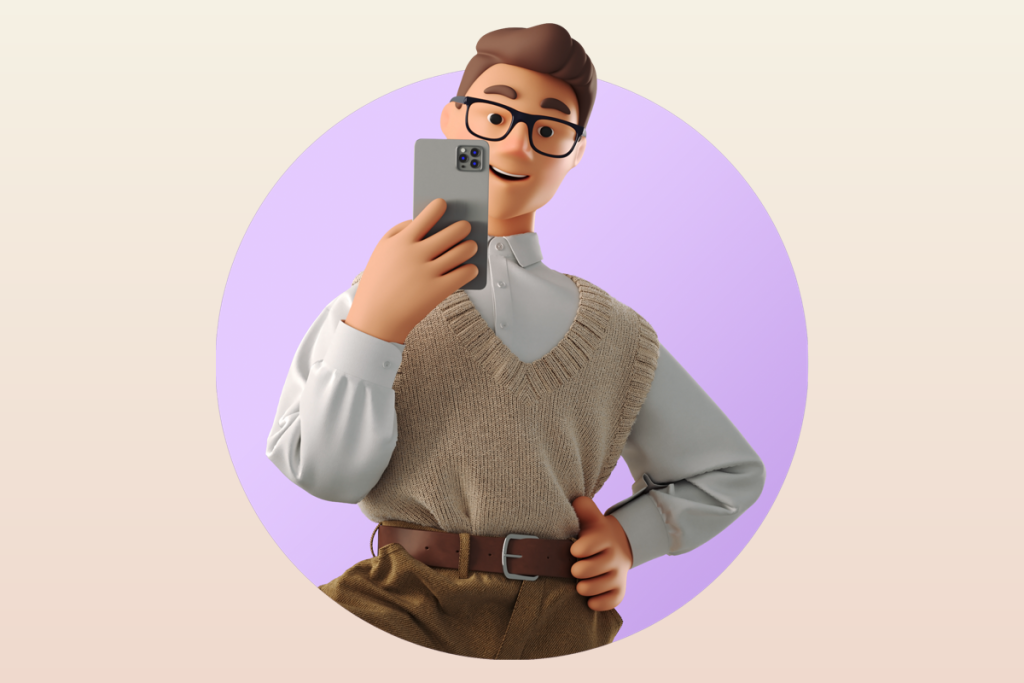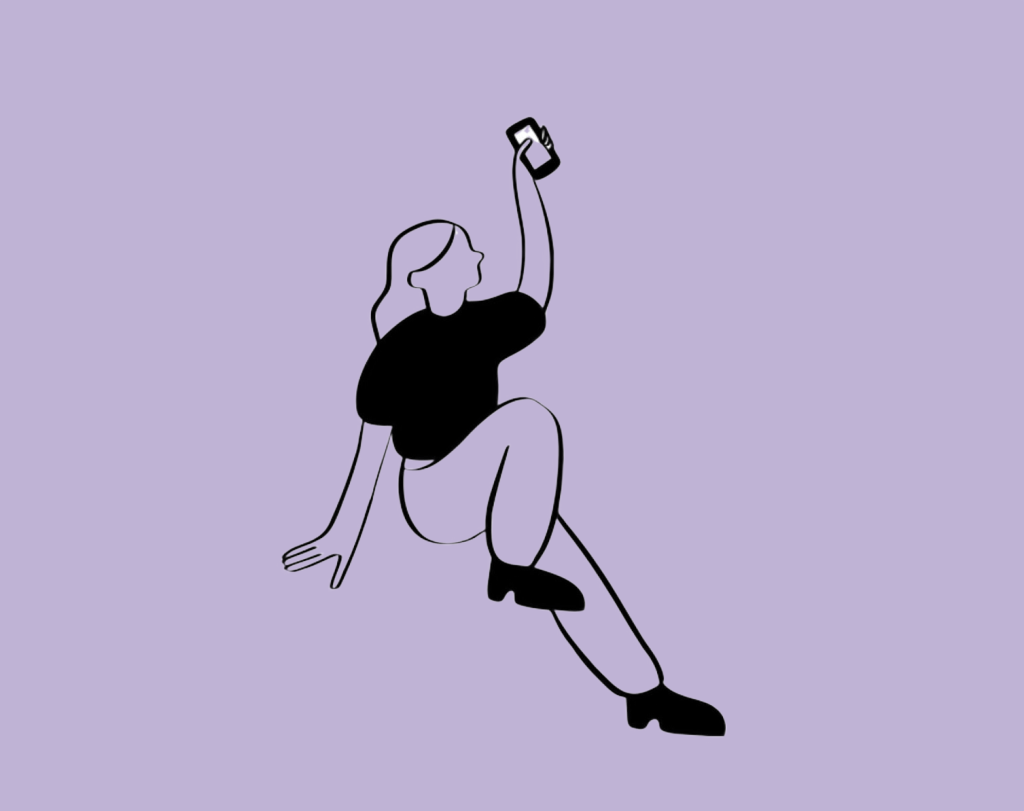In the ever-evolving landscape of web design, creativity and innovation continue to drive the way we interact with digital content. One such innovation that has taken the industry by storm is the integration of 3D scenes in web design. In this article, we will delve into the world of 3D scenes, exploring their impact, benefits, and implementation in web design. From the basics of 3D scenes to the practical applications and SEO advantages, we’ll guide you through the process of enhancing your web design projects with a new dimension.
What Are 3D Scenes?
Before we dive into the application of 3D scenes in web design, it’s crucial to understand what 3D scenes are. In the context of web design, a 3D scene refers to a three-dimensional digital environment or space created using computer graphics. These scenes can range from static 3D images to fully interactive 3D environments. The technology behind 3D scenes in web design relies on WebGL, a JavaScript API for rendering interactive 3D graphics in a web browser, and Three.js, a popular JavaScript library used for creating 3D content on the web.

These 3D scenes are created using 3D modeling software and are integrated into web pages to provide users with a more immersive and engaging experience. They have the potential to transform the way users interact with websites and can be used in a wide range of applications, from e-commerce to storytelling, education, and more.
The Impact of 3D Scenes in Web Design
3D scenes have made a significant impact on the world of web design, and for a good reason. Let’s explore some of the key advantages and benefits of incorporating 3D scenes into web design:
1. Enhanced User Engagement
One of the primary benefits of 3D scenes is their ability to captivate and engage users in ways that traditional 2D web design cannot. When users interact with 3D elements on a website, they are more likely to spend more time on the site and explore its content. This increased engagement can lead to lower bounce rates and higher conversion rates.
2. Improved User Experience
3D scenes can enhance the overall user experience by making it more interactive and enjoyable. Users can interact with 3D objects, view products from different angles, and even take part in virtual tours or experiences. This level of interactivity can leave a lasting impression on visitors, making them more likely to return to the site.
3. Visual Storytelling
3D scenes enable web designers to tell visual stories in a more compelling way. Whether it’s showcasing the evolution of a product, presenting data in a visually appealing manner, or guiding users through a virtual experience, 3D scenes are a powerful tool for conveying information and narratives.
4. Product Presentation
For e-commerce websites, 3D scenes are a game-changer. They allow customers to view products in 3D, rotate them, and examine them from all angles. This not only improves the shopping experience but also reduces the likelihood of returns, as customers have a more realistic understanding of what they are purchasing.
5. SEO Benefits
Integrating 3D scenes into your web design can provide SEO advantages. Google and other search engines appreciate user-friendly and interactive websites, and they may reward such sites with higher search rankings. Additionally, 3D scenes can increase the time users spend on your site, which is a positive signal to search engines.

Implementing 3D Scenes in Web Design
Now that we understand the potential impact of 3D scenes in web design, let’s explore how to implement them effectively. The process of integrating 3D scenes into your web design involves several steps:
1. Define Your Goals
Start by defining the goals you want to achieve with 3D scenes. Do you want to create an immersive storytelling experience, showcase products in 3D, or offer virtual tours? Clearly defining your objectives will guide the entire design process.
2. Choose the Right Tools
To create 3D scenes, you’ll need appropriate tools and software. Popular choices include 3D modeling software like Blender, 3ds Max, or Maya. If you’re new to 3D design, consider working with a professional 3D artist to bring your vision to life.
3. Use Three.js
Three.js is a JavaScript library that simplifies the integration of 3D content into web pages. It provides a wide range of features and functionalities, making it an excellent choice for web designers looking to incorporate 3D scenes.
4. Optimize for Performance
It’s essential to optimize your 3D scenes for performance. High-quality 3D graphics can be resource-intensive, potentially slowing down your website’s loading times. To mitigate this, use techniques like level of detail (LOD) models, texture compression, and model simplification.
5. Mobile Responsiveness
Ensure that your 3D scenes are responsive and compatible with various devices, including smartphones and tablets. Mobile optimization is crucial for providing a consistent user experience across different platforms.
6. Test and Iterate
After integrating 3D scenes into your web design, thorough testing is essential. Make sure the scenes load correctly, and all interactions work as expected. Gather user feedback and be prepared to make improvements based on their experiences.
7. Promote Your 3D-Enhanced Website
Once your 3D scenes are live, it’s time to promote your website and the enhanced user experience it offers. Use social media, email marketing, and other digital marketing strategies to draw attention to your innovative design.
SEO Advantages of 3D Scenes in Web Design
While 3D scenes undoubtedly provide an enriched user experience, they can also offer SEO benefits. Search engines like Google aim to deliver the best user experience possible, and websites that integrate 3D scenes align well with this goal. Here are some SEO advantages of using 3D scenes in web design:
1. Lower Bounce Rates
Engaging 3D scenes can keep visitors on your website for longer periods. When users spend more time on your site, it signals to search engines that your content is relevant and valuable. Lower bounce rates are a positive SEO signal.
2. Improved Dwell Time
Dwell time, or the amount of time a user spends on a web page before returning to the search results, is an important SEO metric. 3D scenes encourage users to explore and interact with your content, increasing dwell time and sending a strong signal to search engines.
3. Higher User Engagement
Engaged users are more likely to share, comment, and interact with your content. This social activity can indirectly impact your SEO by increasing your website’s visibility and authority on social platforms.
4. Enhanced Mobile Experience
Websites optimized for mobile devices rank better in search results, especially after Google’s mobile-first indexing update. 3D scenes, when properly optimized for mobile, can contribute to a superior mobile user experience and improve your search rankings.
5. Reduced Bounce Rates
With 3D scenes providing a more interactive and immersive user experience, the likelihood of visitors bouncing off your website decreases. Lower bounce rates are a positive signal to search engines, indicating that your site is relevant and engaging for users.
6. Page Loading Speed
While 3D scenes offer numerous advantages, it’s essential to be cautious about their potential impact on page loading speed. Google highly values fast-loading websites, and a slow website can negatively affect your SEO. To mitigate this, optimize your 3D scenes for performance. Consider using techniques like lazy loading, where 3D elements load only when they are in the user’s viewport, reducing initial page load times.
7. Rich Snippets
With 3D scenes, you have the opportunity to stand out in search results. By implementing structured data markup (such as schema.org), you can provide search engines with additional information about your 3D content. This can result in rich snippets, which are visually enhanced search results that include 3D previews or interactive elements. Rich snippets attract more attention and can increase click-through rates, contributing to improved SEO.


